
Borneo is the largest island in Asia and the third largest island in the world.
The island is politically divided among three countries: Malaysia and Brunei in the north, and Indonesia to the south.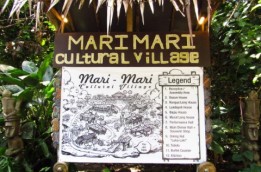
Within the Malaysian portion of the island is the city of Kota Kinabalu, or KK.
KK was a British colonial city for almost a century. The only things that remain of the colonial era are the old post office building and the  Atkinson Clock Tower.
Atkinson Clock Tower.
KK was almost totally wiped out in World War II.
Which means it was almost totally rebuilt after that and now looks like a fairly new city.
It has grown into a financial, economic and tourism center in the region.
 The population is about 450,000. And it has 32 ethnic groups living in the city.
The population is about 450,000. And it has 32 ethnic groups living in the city.
But we went to see the native history.
Deep in the countryside away from KK the Mari Mari Cultural Village operates as a museum that preserves Borneo ethnic culture. It aims to share the knowledge, history, culture, and tradition of Borneo with the public so it’s not forgotten.
The cultural village features 5 different ethnic tribes in one village.
The Kadazan-Dusun tribe were rice farmers. Kadazan is translated “the people of the land”.
 The most important festival of the Kadazans is the Kaamatan festival or harvest festival, where they believe the spirit of the paddy is honored after a year’s harvest.
The most important festival of the Kadazans is the Kaamatan festival or harvest festival, where they believe the spirit of the paddy is honored after a year’s harvest.
The majority of the Kadazans are Christians, mainly Roman Catholics and some Protestants. Islam is also practiced by a growing minority.
The Rungus tribe lived in longhouses. The Rungus are formerly a sub-group of the Kadazan tribe.
 Their culture also revolves around rice, just like the Kadazan. Many Rungus now work in towns and have abandoned the communal life of the longhouse for modern Malaysian society. Traditionally they are pagans but most Rungus are now Christians.
Their culture also revolves around rice, just like the Kadazan. Many Rungus now work in towns and have abandoned the communal life of the longhouse for modern Malaysian society. Traditionally they are pagans but most Rungus are now Christians.
In a traditional Rungus village, longhouses of over 75 rooms are said to have been common, which meant 75 families lived in one longhouse. Now they rarely exceed 10 rooms.
The Lundayeh tribe were hunters and fishermen. Lundayeh means “upriver people” or “people of the interior”. They were known to be agriculturalists and had practiced livestock farming.
In the late 1800’s to early 1900’s, the community was described as living in an unhealthy state of lifestyle.
They were hardcore burak (rice wine) drinkers, appeared to be drunk more often than not, and their houses were indescribably filthy. This filthy lifestyle caused them to be 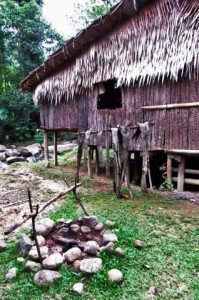 vulnerable to diseases.
vulnerable to diseases.
In 1904 and 1905, there was a smallpox outbreak. The death toll reduced the Lundayeh population from approximately 20,000 to 3,000.
The Bajau tribe were known for two different talents.
The Bajau tribes of Kota Belud were known as “The Cowboys of The East” for their horse-riding ability.
The Bajau Laut tribes of Semporna were known as “The Sea Gypseys” for their seafaring skills.
For many years Bajau Laut people lived in the ocean on their temporary house boats.
 Only in recent years have they made settlements into the coastal area, with their houses built on stilts.
Only in recent years have they made settlements into the coastal area, with their houses built on stilts.
The ocean is still their main source of living where they fish, collect clams and mussels, and even farm pearls.
The famously feared Murut tribe were headhunters.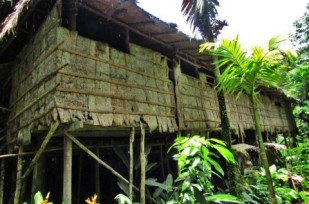
Collecting heads of enemies traditionally served a very important role in Murut spiritual beliefs.
They also utilized it to protect their village from potential enemies.
A man could only get married after he presented at least one head to the family of the desired girl.
After many were converted to Islam or Christianity and the British passed anti-headhunting legislation, headhunting by the tribe was totally banned and has disappeared.
It was a really interesting day, starting off with crossing a stream to the village on a slack swinging rope bridge. We squeezed into dwellings made of bamboo which I couldn’t believe would hold my weight (and then we crowded 16 people in). We climbed “steps” which were nothing more than a log with a few toe holds hatcheted out into houses raised above the ground, and, I swear, rocking in the breeze. We slipped down debris covered paths between the villages being eyed by members of the headhunter tribe shouting and shaking their spears at us. We stood in the rain to watch demonstrations of cooking and tool-making and head-hunting techniques. In the end we slogged up a muddy road for a mile to drag ourselves back to the bus. And we were smiling.

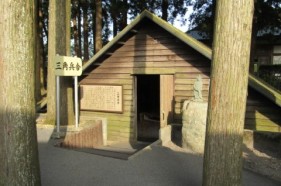


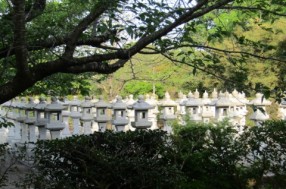


 mothers they were prepared and knew they were helping their country.
mothers they were prepared and knew they were helping their country.
 Stone lanterns dedicated to the pilots line the approach to the museum. Each lantern is numbered, one for each of the 1,036 army kamikaze to die in the battle for Okinawa at the end of the war
Stone lanterns dedicated to the pilots line the approach to the museum. Each lantern is numbered, one for each of the 1,036 army kamikaze to die in the battle for Okinawa at the end of the war
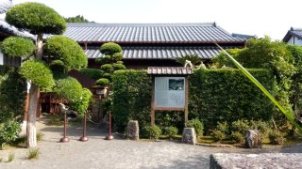 known as The Warring States Period.
known as The Warring States Period.

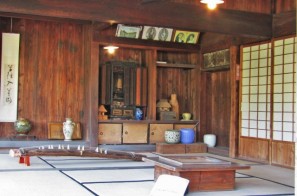
 illegal, but the shogunate seems to have ignored it.
illegal, but the shogunate seems to have ignored it.
 The uniqueness of the Chiran Samurai Residence Complex lies in the stonewall-lined paths, the scattered Samurai houses and the beautifully landscaped gardens within.
The uniqueness of the Chiran Samurai Residence Complex lies in the stonewall-lined paths, the scattered Samurai houses and the beautifully landscaped gardens within.
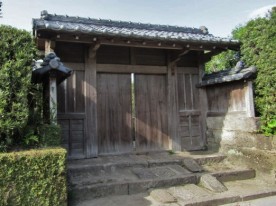 The hedges behind the stone walls of the houses are pruned in such a way that someone inside the house can see the outside clearly, but not the other way around. It’s possible to ambush invaders with arrows and spears without exposing the attacker’s location.
The hedges behind the stone walls of the houses are pruned in such a way that someone inside the house can see the outside clearly, but not the other way around. It’s possible to ambush invaders with arrows and spears without exposing the attacker’s location.
 commonly found in the south Kyushu region) spread out across the garden grounds to represent water surface.
commonly found in the south Kyushu region) spread out across the garden grounds to represent water surface.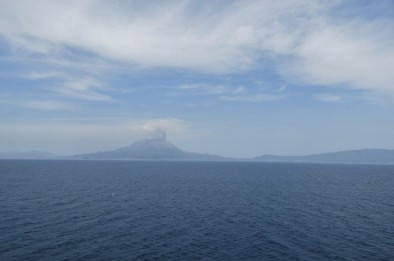
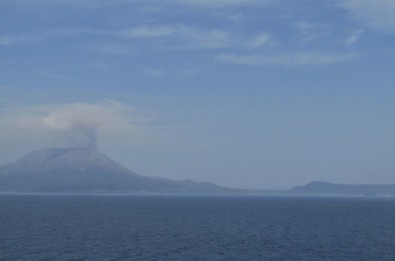 For full disclosure, the second picture was taken through one of the ship’s windows. That’s why it’s so blue. But I liked the effect, and it makes the less-than-thrilling action on the peak a little more exciting!
For full disclosure, the second picture was taken through one of the ship’s windows. That’s why it’s so blue. But I liked the effect, and it makes the less-than-thrilling action on the peak a little more exciting!




 their land.
their land.


 etween the islands.
etween the islands.



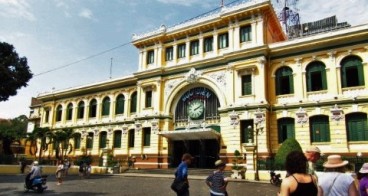
 On April 30, 1975, North Vietnamese tanks breached the
On April 30, 1975, North Vietnamese tanks breached the
 Our day ended with a
Our day ended with a



 The city is now a major regional
The city is now a major regional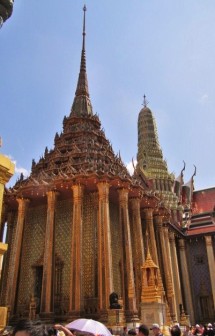

 For 150 years the Palace was the home of the
For 150 years the Palace was the home of the





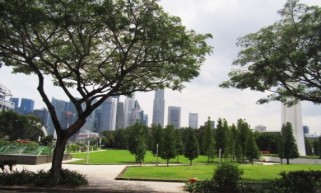 crown colony.
crown colony.


 live in subsidized, high-rise, public housing apartments that they buy from the government.
live in subsidized, high-rise, public housing apartments that they buy from the government.

 There is a congestion fee drivers must pay to go into the Central Business District, and at times there are surge prices on taxis to further limit downtown congestion.
There is a congestion fee drivers must pay to go into the Central Business District, and at times there are surge prices on taxis to further limit downtown congestion.
 offenses.
offenses. It cost something like $8 billion.
It cost something like $8 billion.

 The city covers approximately 19 square miles. Planned as a garden city and intelligent city, 38% of the area is reserved for green spaces. The city surrounds a beautiful man-made lake. Putrajaya Botanical Gardens is the biggest botanical garden in Malaysia, covering an area over 250 acres.
The city covers approximately 19 square miles. Planned as a garden city and intelligent city, 38% of the area is reserved for green spaces. The city surrounds a beautiful man-made lake. Putrajaya Botanical Gardens is the biggest botanical garden in Malaysia, covering an area over 250 acres.
 A new highway connects Putrajaya with K.L. and the port. The Kuala Lumpur–Singapore High Speed Rail will also connect to Putrajaya and there are plans for a monorail system within Putrajaya.
A new highway connects Putrajaya with K.L. and the port. The Kuala Lumpur–Singapore High Speed Rail will also connect to Putrajaya and there are plans for a monorail system within Putrajaya.
 Those are all the facts I can remember. Now, what I saw.
Those are all the facts I can remember. Now, what I saw.
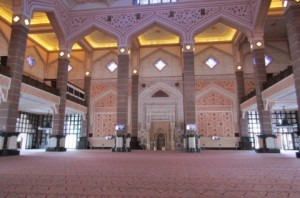

 All around are other beautiful governmental buildings. The Ministry of Finance. The Malaysian Ministry of Foreign Affairs.
All around are other beautiful governmental buildings. The Ministry of Finance. The Malaysian Ministry of Foreign Affairs.
 German East Africa was captured by the British during World War I and became Tanganyika, with Dar es Salaam remaining the administrative and commercial center, under British indirect rule.
German East Africa was captured by the British during World War I and became Tanganyika, with Dar es Salaam remaining the administrative and commercial center, under British indirect rule.



 Bagamoyo was also a starting point for famous European explorers like Richard Francis Burton, John Hanning Speke, Henry Morton Stanley, and
Bagamoyo was also a starting point for famous European explorers like Richard Francis Burton, John Hanning Speke, Henry Morton Stanley, and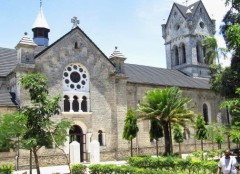 James Augustus Grant.
James Augustus Grant. called Livingston Tower) to wait for high tide to come in and ship his body to Zanzibar.
called Livingston Tower) to wait for high tide to come in and ship his body to Zanzibar.